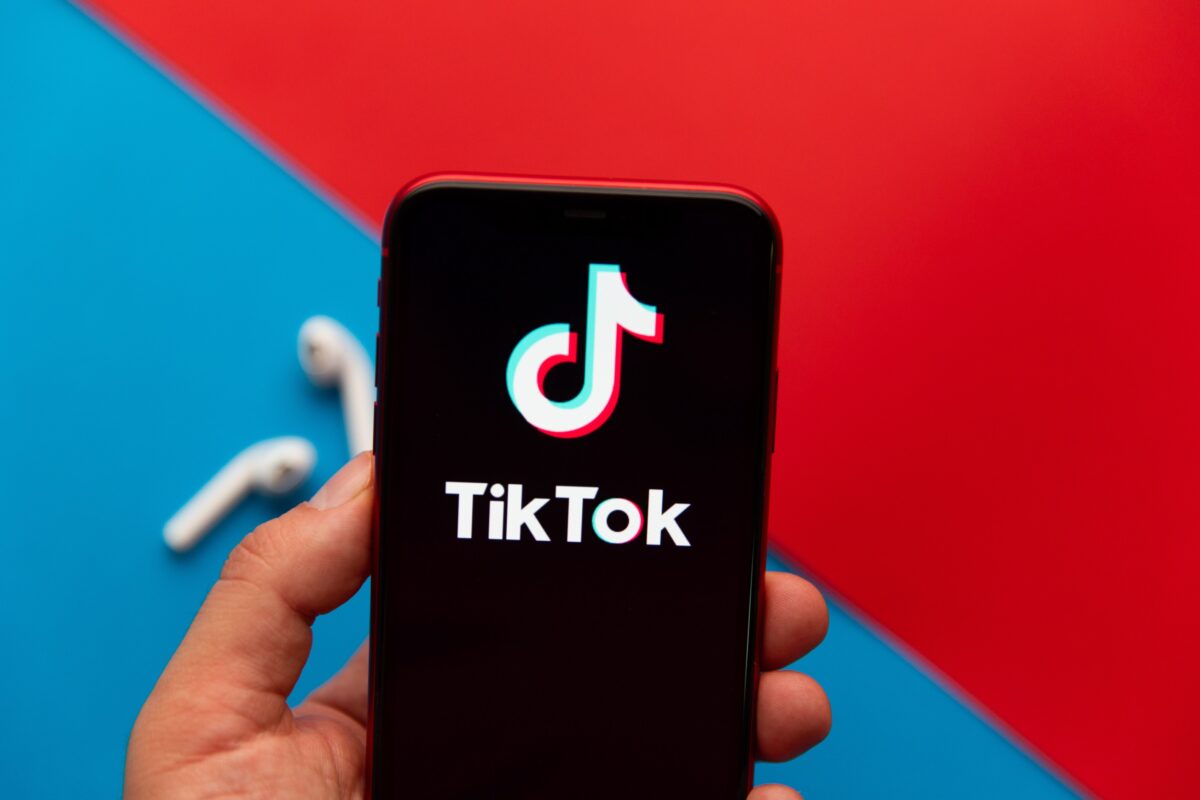“White fonting” is a TikTok resume hack surging in popularity among job seekers. But is it wise or incredibly short-sighted to cheat your way to the top of the resume pile? Our answer may surprise you.
What Is White Fonting?
Despite what its recent TikTok popularity insinuates, the resume hack has been around for years. If you’re young enough, you may have even used the white-fonting tactic in school by adding secret “invisible” text to the end or footnote of a paper to meet word-count requirements (sorry, Mrs. Johnson). White fonting as a hack became possible when the digital filters in Applicant Tracking Systems (ATS) started automatically weeding out applicants whose resumes didn’t match enough keywords to be deemed a “fit.”
AI has improved ATS digital filters immensely, but job seekers still feel they aren’t getting a fair shake at jobs they believe are within their wheelhouse. Enter TikTok and the immense new popularity of the resume hack.
“The concept is simple,” explains the Washington Post. “Copy a list of relevant keywords or the job description itself, paste it in a résumé, and change the font color to white. The hope is that AI bots or digital filters in applicant tracking systems read the white text and surface the résumé for human review. Because keywords are in white, the résumé will look normal to human reviewers.”
Is the Resume Hack Unethical?
Honestly? Our recruiters have mixed feelings. Jobscan claims that nearly all (99%) of Fortune 500 companies, 66% of large companies, and 35% of small businesses use an ATS. These systems can be dangerously unhelpful when filtering out applicants. Just a few ill-advised settings or filters can weed out a large percentage of decent candidates—with those resumes destined never to see human eyes.
That’s why a study by Harvard Business Review revealed that 88% of recruiters felt qualified candidates were ignored by an ATS because they “did not match the exact criteria established by the job description.” We certainly understand the frustration.
The white-fonting resume hack, therefore, is understandable. But that doesn’t mean there isn’t risk involved. Is it a smart use of technology, or does it lack integrity? This question is significant, especially when recruiters and hiring managers uncover the trick. The answer depends on the employer or recruiter and their tolerance level.
How You Might Be Found Out
But, hey, it’s not a problem if you’re not found out, right? However, the likelihood of you being found out is increasing. Here are the easiest and most common ways for this resume hack to be discovered:
You’re not actually qualified for the job. This is the most cringeworthy and, frankly, eye-rolling reason. If you’re not a fit, you’re not a fit. While the white fonting resume hack may get your foot in the door, that door will be slammed shut when the person reviewing your resume at that next level realizes that you’re not at all qualified. At that point, they’ll know something is up.
The cloak of invisibility gets turned off. The premise behind white fonting resume hack is that text is text; the software doesn’t discern an invisible from a visible font. But this can backfire, too. As the Washington Post points out, “Sometimes applicant tracking systems will input sections of a résumé into the application. If it does that, the text will no longer be white, meaning the recruiter may see whatever you pasted into your résumé if you don’t edit it.” Some recruiters have learned to run their own post-filtering process by manually highlighting all to see if there’s hidden text on the page.
What’s the Risk?
Again, if you’re found out, the consequences vary by employer or recruiter. If you’re still a fit, they may forgive the transgression. Worst-case scenario, the TikTok resume hack could exclude you from more than just that one job. You could lose your chances with that employer or recruiting firm completely.
“Remember that if you don’t get the job, recruiting firms and even many employers may keep you in mind for future positions,” says The HT Group Founder and CEO Mark Turpin. “If you ruin that trust, you may destroy your future chances with that organization and everyone they refer to for good.”
It’s always better to make the actual, visible part of your resume a match from the start. Follow these tips on updating your resume with ATS in mind and additional resume refreshers here.




